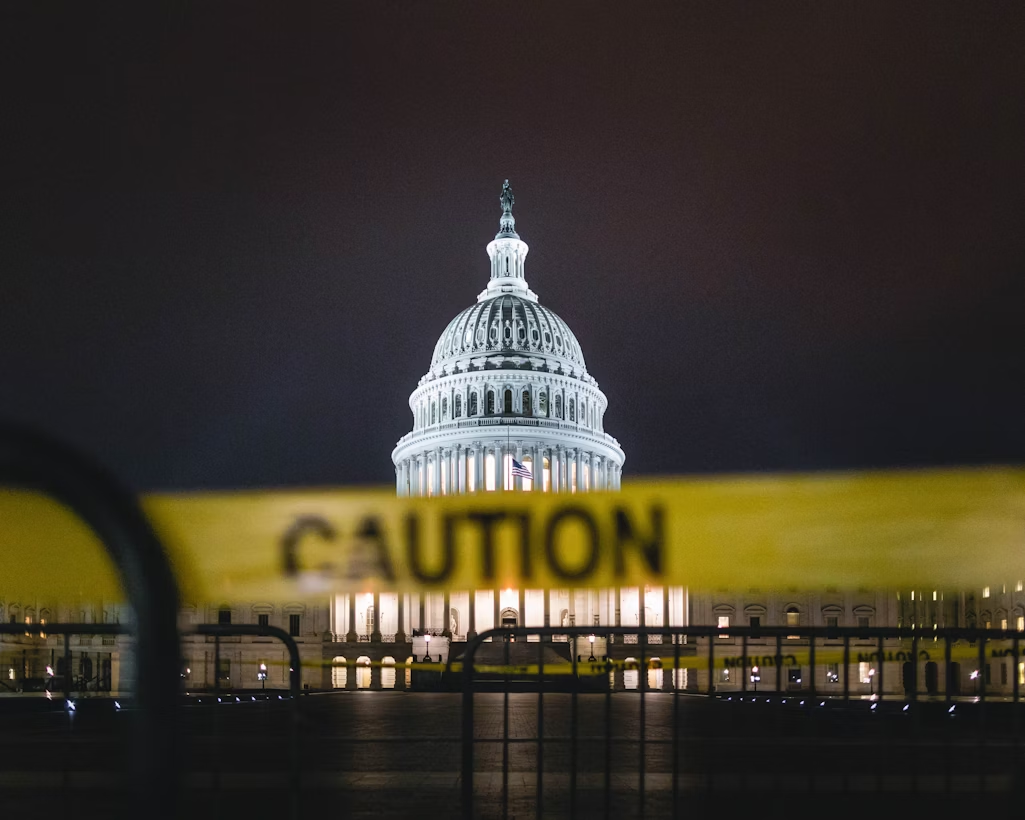
The United States has officially entered its 15th federal government shutdown since 1981 over healthcare funding and ideological clashes. At the heart of the dispute is Democrats’ demand for permanent extensions of Affordable Care Act (ACA) subsidies in any short-term spending bill to prevent steep premium hikes for 24 million Americans, particularly in Republican-led states that declined Medicaid expansion. Republicans, who control both chambers of Congress, argue the issue should be addressed separately and accuse Democrats of leveraging the budget process for political gain ahead of the 2026 midterms. Republicans lack the 60 Senate votes needed to bypass Democratic opposition, creating a procedural bottleneck and paralysing funding negotiations. The shutdown has already halted nonessential operations across agencies, impacted 750,000 workers, suspended critical economic data releases like the monthly jobs report, and disrupted air travel through FAA staffing cuts, all while Trump threatens further workforce purges, with over 150,000 federal employees already departing via buyouts in what amounts to the largest exodus in eight decades.
Financial markets are reacting less volatile than expected:S&P 500 futures dipped half a percent, while gold continues to seek higher highs as investors seek non-sovereign hedges, with eroding confidence in institutional stability dragging the dollar lower. The Federal Reserve now faces a data void at a time when the job market is seen as weak, as shown by the JOLTS report’s hiring slump and soft ADP forecasts, yet tariff enforcement continues unabated, adding inflationary pressure even as economic activity slows. This contradictory policy stance complicates the Fed’s decision-making, though markets now price in a 96% chance of an imminent rate cut, betting that labour market deterioration will outweigh inflation concerns. Meanwhile, global markets remain relatively calm outside of safe-haven inflows, suggesting investors view this shutdown as another episode in America’s recurring governance dysfunction rather than a systemic crisis. Though the absence of key U.S. economic indicators could amplify volatility in global market and policy decisions.
Both parties are trapped in a prisoner’s dilemma where short-term electoral incentives outweigh collective welfare. Trump’s base demands aggressive deconstruction of the federal bureaucracy, while Democrats are pressured into delivering tangible wins on healthcare before 2026. Each side is holding firm to extract concessions, leading to mutual punishment via prolonged shutdown costs, reputational damage, and economic drag. However, the asymmetry in pain tolerance tilts the balance: Trump has demonstrated willingness to absorb shutdown fallout (as in 2018–19) to advance his agenda, while Democrats risk appearing as obstructionist if they don’t secure ACA protections. Given Trump’s recent use of deepfakes and inflammatory rhetoric, escalation is likely. Yet historical precedent and fiscal reality suggest a resolution within 2–4 weeks, not because of compromise, but because the daily $400 million economic bleed and military pay disruptions will force face-saving concessions. Most probable outcome: a narrow CR extension that temporarily preserves ACA subsidies while deferring deeper budget battles, allowing both sides to claim partial victory while the underlying institutional decay accelerates.
Sources: Reuters, NYTimes, BBC News
Photos: Unsplash
